Bedford QLC Fuel Bowser Hendon
English Translation
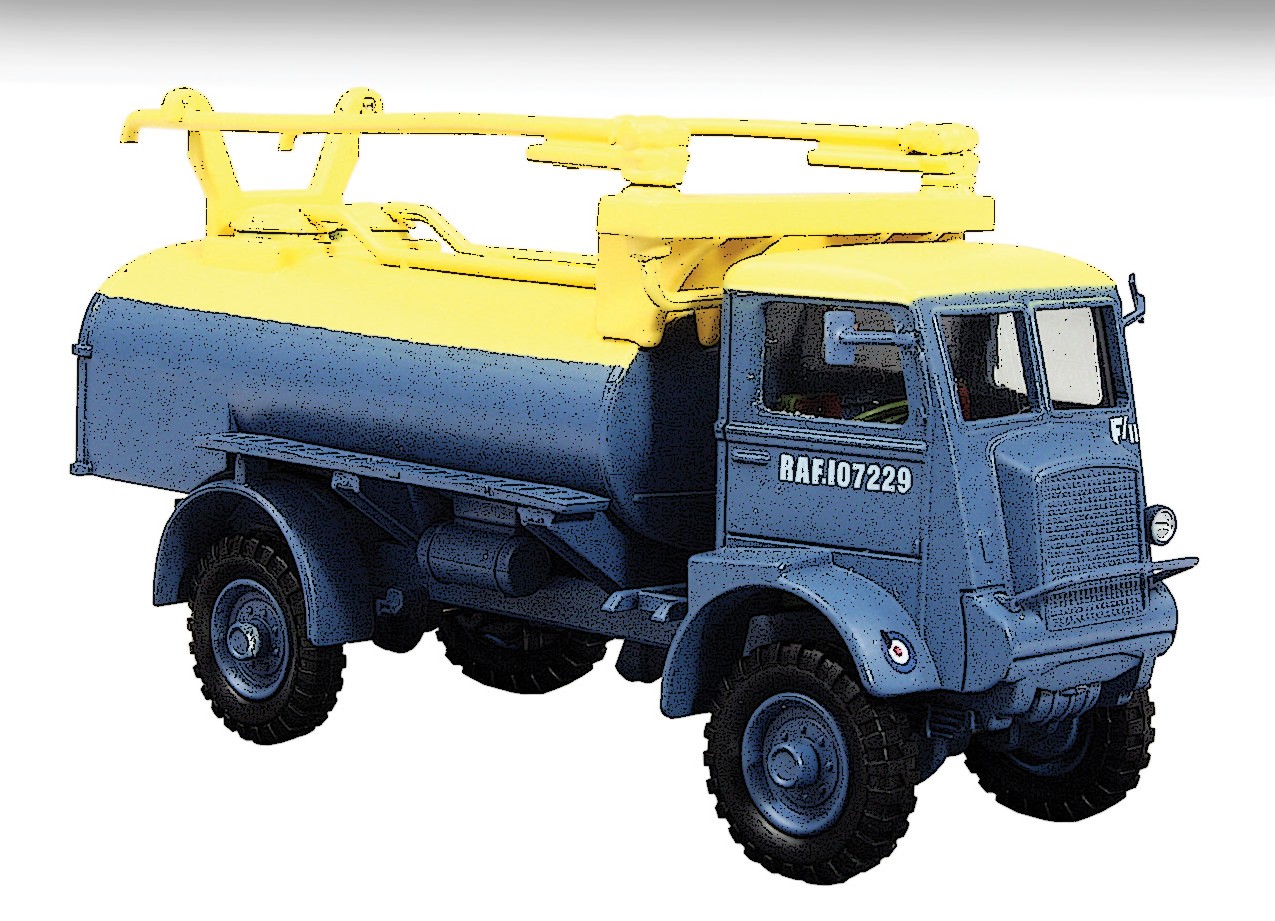 |
Bedford QL
Lorsque la Seconde Guerre mondiale éclate le British War Office passe commande à la société Bedford d'un camion classe 3 tonnes 4X4 tout usage .En Février 1940 le prototype QL est prêt la production commance en Mars 1940 dans l'usine Vauxhall à Luton.
Par la suite les besoins augmentèrent et la série initiale allait être déclinée ent diverses versions le transport de troupes, Camion Pompiers Radio , Citernes, Porteurs système d'ames Antichar comme antiaériennes etc. Entre 1940 et 1945 plus de 52.000 Bedford QL ont été construits Par contre la cabine n'a subi que quelques modifications mineures
A l'origine le radiateur possèdait une bande centrale verticale et le logo rond Bedford. qui ont été abandonnés rapidement Plus tard, le toit de la cabine a été modifié pour être amobible ce qui permettait de réduire la hauteur du véhicule en cas de transport maritime Des crochets ont été rajoutés sur les moyeux des roues pour faciliter l'élingage ainsi qu'un raidisseur à l'avant près des garde-boue
La plupart des bedford ne possèdaient qu'un phare simple avec cache Seuls quelques véhicules du début de production ont deux projecteurs . il possedait aussi de panneaux alarme chimique (gaz )
Type
QLD - Roue de secours et réservoir de carburant derrière la cabine - plateau acier
QLC - Roue de secours à l'arrière du réservoir de carburant et de chaque côté, tous deux sous le châssis, Utilisé pour Versions spécialisées sur châssis-cabine fourni par Bedford
QLT - comme QLC Mais allongé
QLB - comme QLD mais avec treuil - utilisé pour Système Arme anti Aérienne Bofors
QLW - comme QLB, Benne hydraulique - benne
QLR - comme QLD
Versions
Usage General
QLD La "Straight from Bedford GS" Chassis Cabine acier avec des côtés fixes
QLC Plateau arierre en bois (RAF principalement), sert de base pour camion pompiers QL
Transport de troupe
QLD a été utilisé, avec peu de modifications
QLT - spécialement construit Caisse généralement en acier, mais parfois en bois, Hayon en bois, Version shelter pour les officiers supérieurs a également été construit sur le châssis de QLT.
Radio Nombreuses versions mais les versions les plus coourantes étaient sur Base QLR standards
Sur certains le réservoir a été déplacé pour permettre à de rallonger le plateau arriere Certains furent aussi utilisés comme base de Télex.
Versions spéciales
Services Sante avec des version cabinet dentaire sur châssis QLC ave la roue de secours déplacé à l'arrière de la cabine.
Le Bowser carburant QLC
Ce ravitaillieur a été construit sur le châssis du Bedford QL. au de début 1941 et il était encore en service dans les années 1950. Le camion était équipé avec 2 rampes et les tuyaux longs mobiles qui permettaient d'atteindre l'avion.
Le seul inconvénient etait sosn réservoir de 950 Gallons UK soit 3860 litres trop faible pour des gros aérodromes
La pompe était mise en route par un petit moteur essence se trouvant dans un compartiment à l'arriere du camion (puissance 295 l/minites ou 65 gallons UK)
Schema de Couleur
Jusqu'à août 1941 Dark earth/dark green
Jusqu'à août 1942 Khaki green with light green/grey-green pattern
Jusqu'à Septembre 1943 Khaki green with dark grey pattern
Jusqu'à Juin 1944 Khaki brown with black pattern
Jusqu'à Septembre 1944)Olive drab with black pattern
Jusqu'à avril 1946 Olive drab
Postérieures à 1946 Bleu RAF/ jaune
Caractéristiques
Poids
Longueur 5.94m
Largeur2.22m
Hauteur 2.98m
Moteur Bedford 6cylindres
72 CV
.jpg) |
| Internet |
Autre photoscope Other Walkaround 1
Bedford QL
When WWII broke out the British War Office contracted Bedford to produce a 3 ton 4X4 general service truck and in February 1940 prototype of the QL series was ready with full production beginning in March 1940 at their Vauxhall factory in Luton.
As the war progressed there was a need for various types of 3 ton trucks. Bedford devised trucks for troop carrying, fire tenders, communications, tankers, Bofors gun tractor and several others applications. Between 1940 and 1945 over 52,000 Bedford QL were produced from 1 Feb 1940 to the end of the war
The Cab underwent a few minor modifications
Originally radiator had a central vertical strip and a circular Bedford badge. These were abandoned very early in production – no central strip and rectangular stamped badge. Later the cab roof was modified to become detachable {to reduce shipping height} and a hip ring was included; flanges were added to the wheel hubs {for slinging}; and a stiffening bracket added near the front of the mudguards– it is not certain in what order these last 3 appeared
Most had a single hooded headlight on the nearside only but some early photos show two masked headlamps. A single semaphore traficator was fitted nearside and it appears that the gas detector plate was fitted throughout production.
CHASIS TYPES
QLD – Spare Wheel& Fuel Tank behind cab - supplied ex works with GS body – though some were subsequently converted
QLC – Spare wheel at rear & Fuel Tank either side, both under chassis; used for specialist bodies built by others(supplied as a chassis cab by Bedford)
QLT – as QLC But lengthened
QLB – as QLD but with winch - used for Bofors Tractor
QLW – as QLB but with hydraulic tipping gear - late war tipper
QLR – as QLD but with wireless suppression
BODY TYPES
General Service
QLD The “Straight from Bedford GS” Steel body with fixed sides and a drop down tailgate with “box” wheel arches.
QLC Steel body, generally as above but body by others on QLC chassis-cab
QLC Wooden body (RAF mostly), Also basis for QL Fire Truck
Generally all had a square tilt with the ends having to be folded in like a parcel; tailored tilts were a post war modification.
Troop Carrying
QLD was used, with little modification as a TCV
QLT – specifically built s a TCV, usually steel but sometimes wooden body, wooden body sometimes with a normal tailgate instead of double rear doors. A class 2 caravan for senior officers was also built on the QLT chassis.
Radio Such a wide variety – the most well known types were on the standard QLR body but some later ones had the fuel tank & spare moved to allow a longer body, others had a longer chassis like the QLT and some QLT were themselves used as Terminal Carriers (telex). Note that office bodies, although they looked like radio bodies, were built on QLC chassis. Don’t ask about the various RAF bodies on the QLR.
Others Versions
There are plenty of other bodies and it starts to get very confusing when, for example, the Dental body uses a QLC chassis but the spare wheel is moved to the back of the cab.
QLC Fuel Bowser
Aircraft refueling truck was built on the widely used 4X4 Bedford QL chassis. The refueling variant made its debut in 1941 and was still in service well into the 1950’s. The truck came equipped with 2 booms and long hoses that could be swung to reach the aircraft.
The only drawback was it only had a 950 gallon tank and was suited for smaller airfields with a limited number of aircraft to tend.
Pumping equipment was powered by a small petrol engine mounted in a compartment at the rear Rate of 295 liters/minutes or 65 gallons UK)
Color Schemes
Dark earth/dark green (up to August 1941)
Khaki green with light green/grey-green pattern (up to August 1942)
Khaki green with dark grey pattern (up to September 1943)
Khaki brown with black pattern (up to June 1944)
Olive drab with black pattern (up to September 1944)
Olive drab (up to April 1946)
Post 1946 - RAF blue/yellow
Tecnical data
Weight
Lenght 5.94m
Width 2.22m
Heigth 2.98m
Engine Bedford 6cylinders
72 HP
Voir Aussi Autres Photoscopes See Also Others Walk Arounds
Bedford QLD
Bedford QLd Draguignan






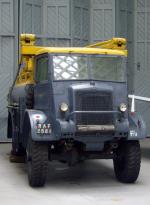
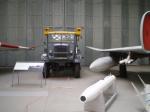
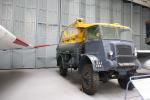
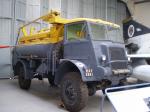
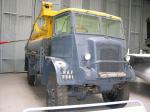
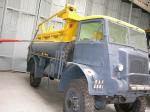
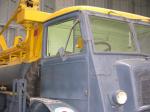
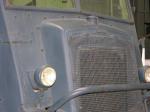
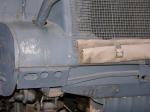
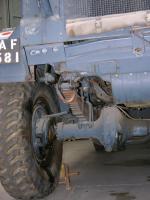
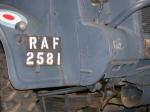
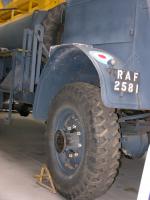

.jpg)
.jpg)
.jpg)